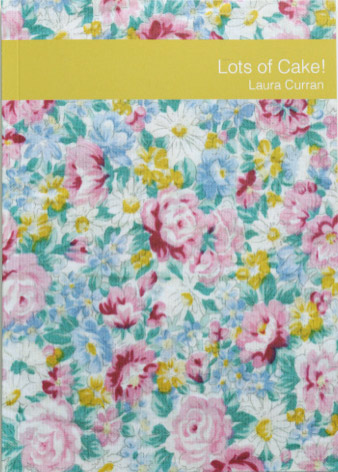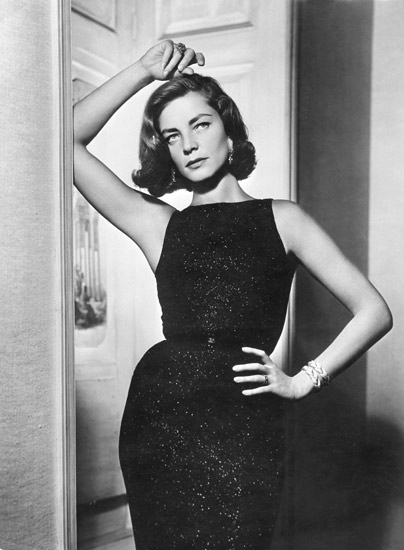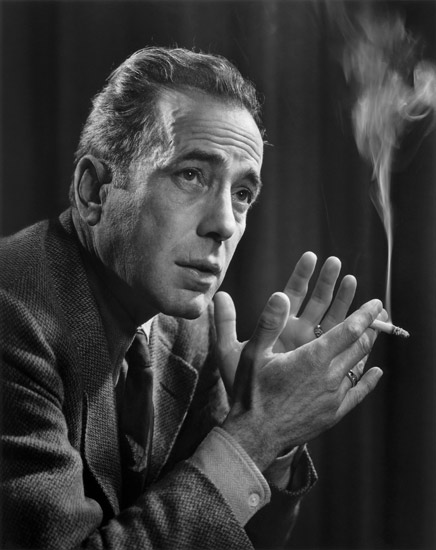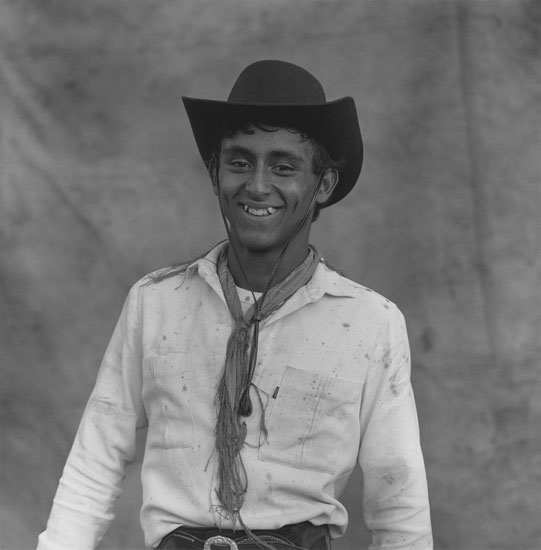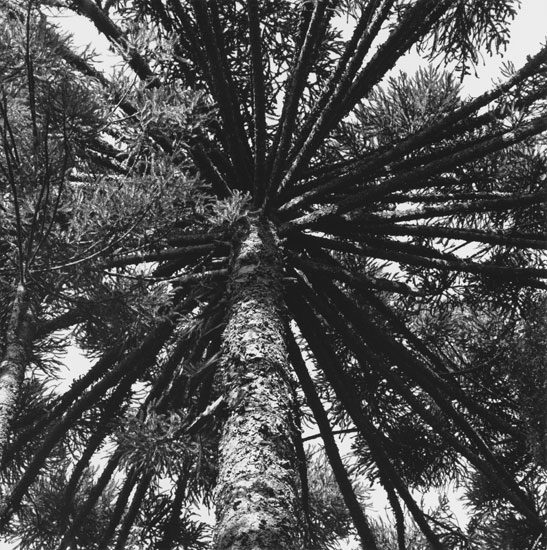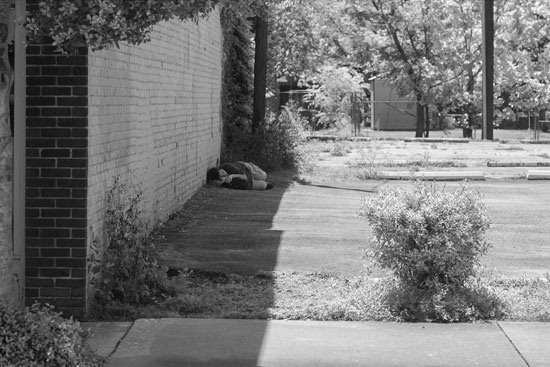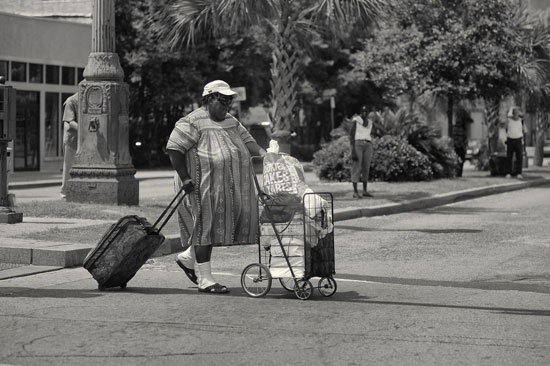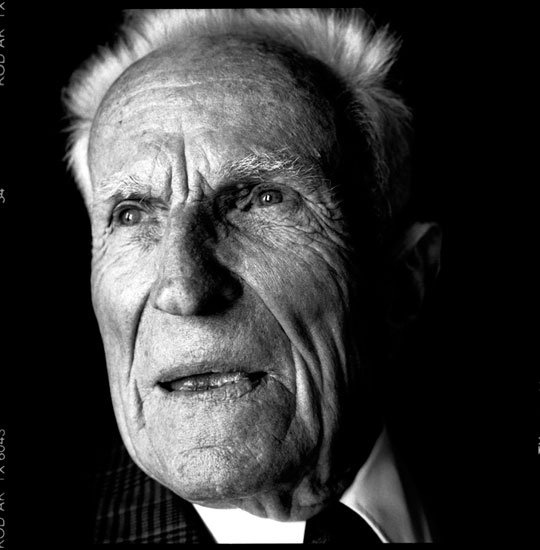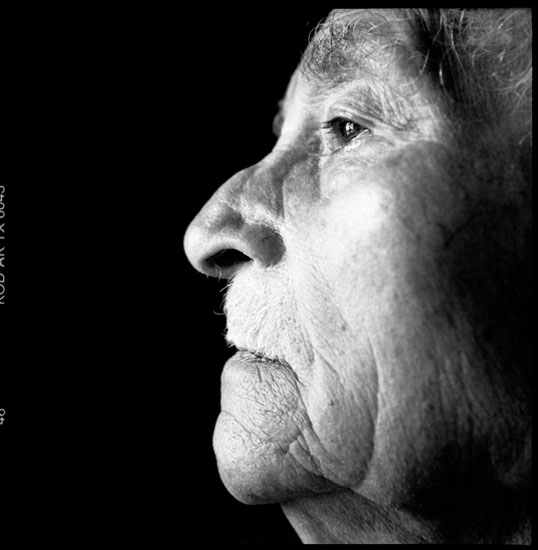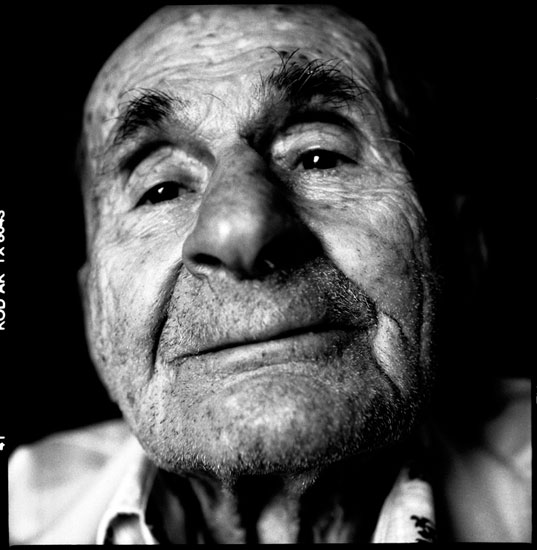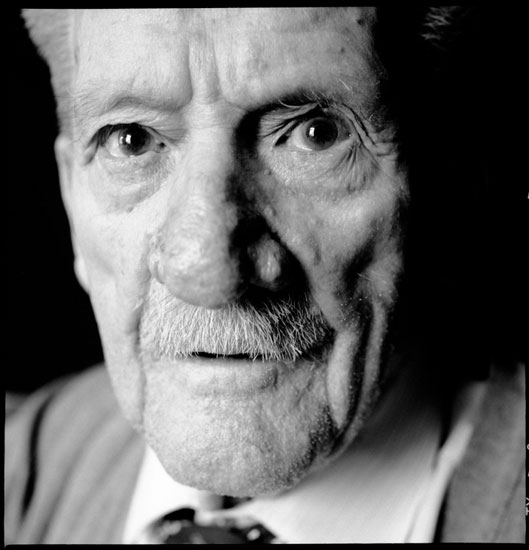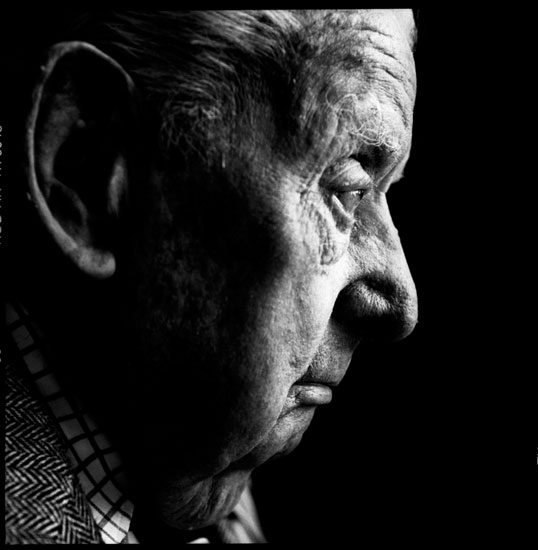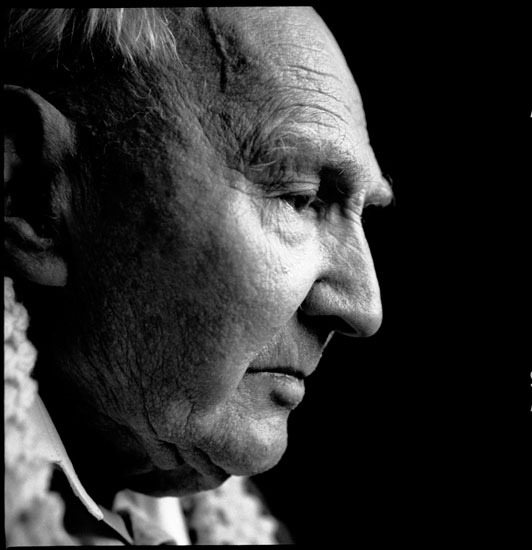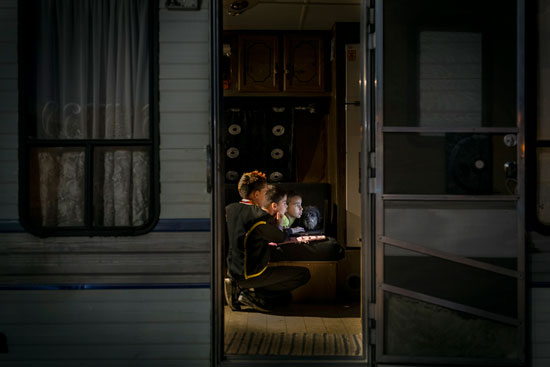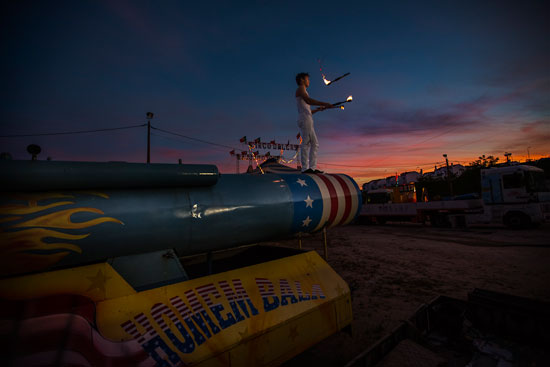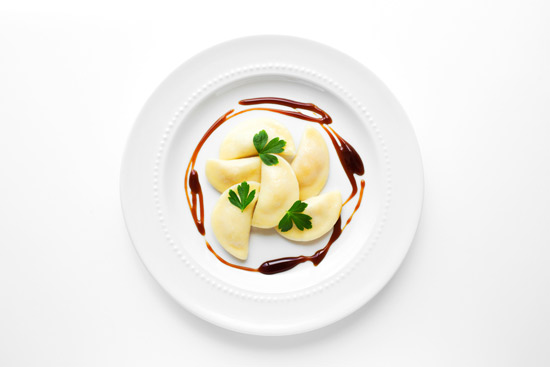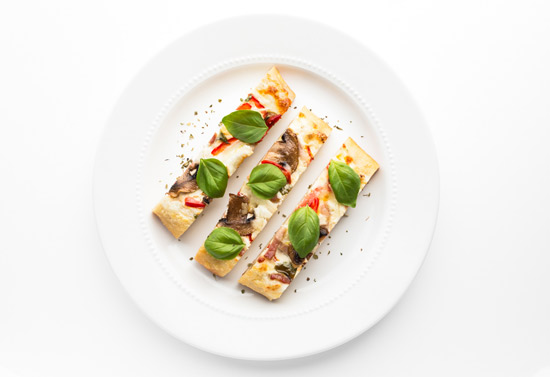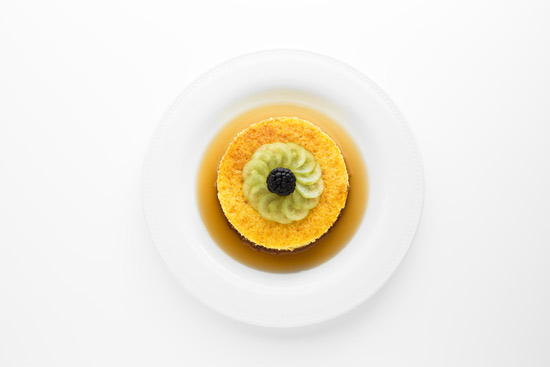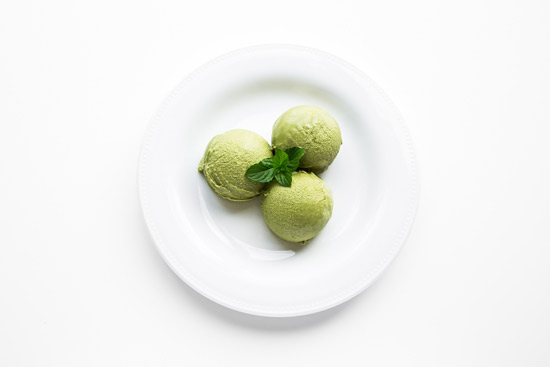Laura Curran wrote from Belfast about her new book
Lots of Cake! This fabulous publication is dedicated to the photographer's Mum, and chock full of intimate but documentary photographs. Laura says "This project began as a chronicle of special occasions, emphasising the role that my mother plays in creating important moments, and evolved from a document into a revelation of her character and imagination."
Not only does cake and its ingredients feature in the images, Laura scanned some of her Mum's original recipes and included them on vellum-style pages. I am really impressed with this self-published little number, right down to the wallpapery cover. Great job. And it's only £15 so why not treat yourself?
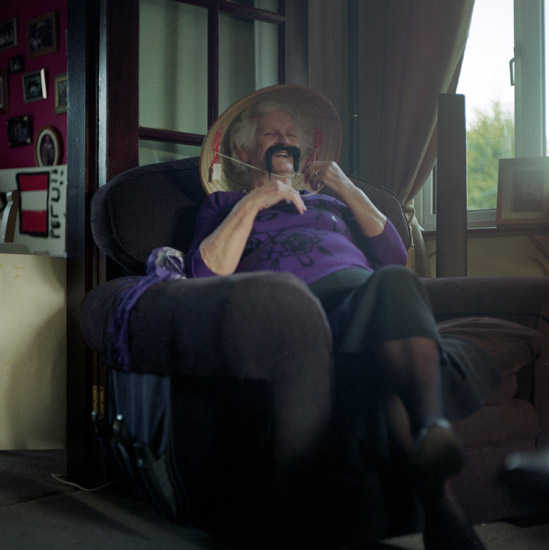
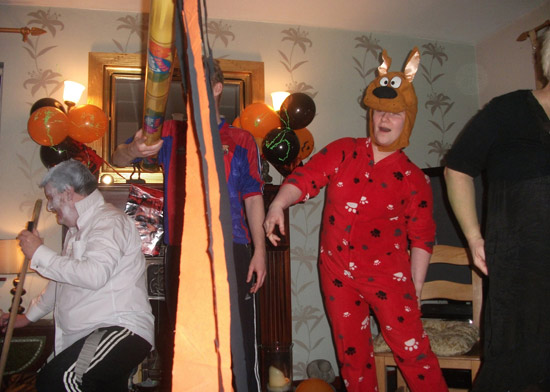
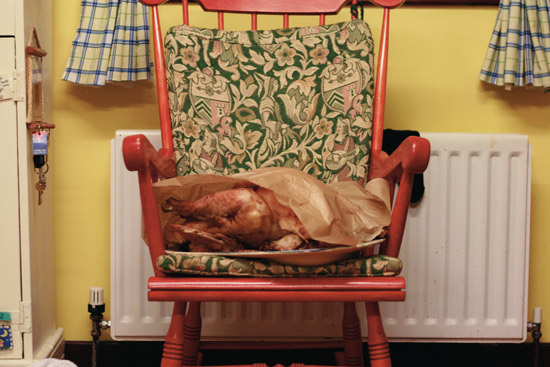


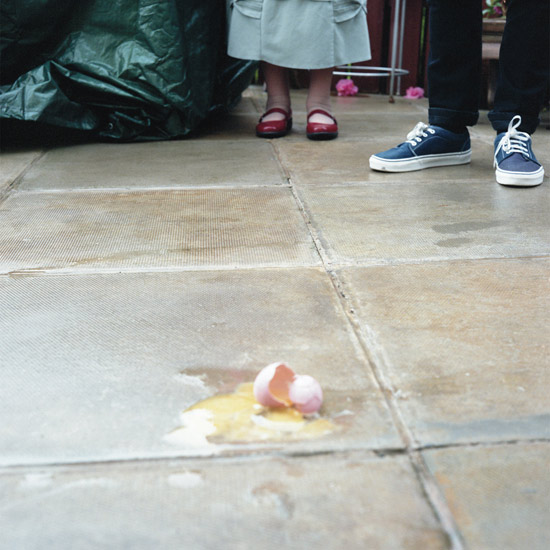
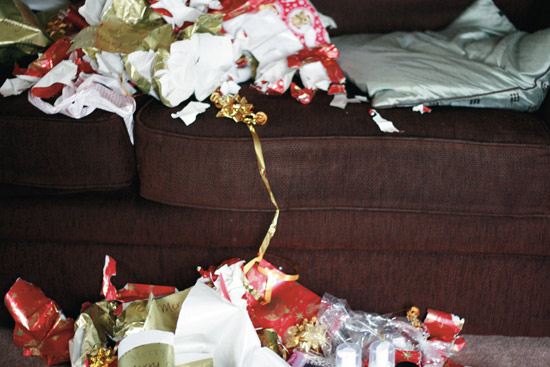

I was reminded of this research: A few years ago, Paul Rozin, a University of Pennsylvania psychologist, and Claude Fischler, a French sociologist, began collaborating on a series of cross-cultural surveys of food attitudes. They found that of the four populations surveyed (the U.S., France, Flemish Belgium and Japan), Americans associated food with health the most and pleasure the least. Asked what comes to mind upon hearing the phrase ''chocolate cake,'' Americans were more apt to say ''guilt,'' while the French said ''celebration''; ''heavy cream'' elicited ''unhealthy'' from Americans, ''whipped'' from the French. The researchers found that Americans worry more about food and derive less pleasure from eating than people in any other nation they surveyed.
Yousuf Karsh photographed several Hollywood film stars in the 40s and 50s and in fact there will be an exhibition of them at the Museum of Fine Arts in Boston this fall: "
Karsh Goes Hollywood" opens on September 8th, 2014. Here's Lauren Bacall, and Karsh's classic photograph of Humphrey Bogart as a bonus.
Whilst not trying to wish away the coming few weeks of summer, this is something to look forward to in New York in September.
Throckmorton Fine Art will open documentary photographer Valdir Cruz' sixth exhibition at their gallery. It is the culmination of a thirty-year-long photographic essay: 'Guarapuava,' about the photographer's hometown in Brazil.
"I could use my photography to honor the people and the landscape of my youth. I like to think that their part in the history of Brazil is now a little more visible."
Valdir Cruz' bodies of work are so rich, you should check out more on his
website.
The blurb:
It has been said that Cruz's interest in photography began when he first viewed some of George Stone's photographs in National Geographic magazines in the 1970s. "Stone was a master teacher and it is thanks to him that I became a photographer." Cruz adds that it was George Tice who helped him become a good printer. At the Germain School he studied photography, but he gained technical skills from George Tice at the New School for Social Research, in New York. He later collaborated with Tice in the authorized production of two important Edward Steichen portfolios, Juxtapositions (1986) and Blue Skies (1987) before focusing largely on his own works. Valdir Cruz developed a deep understanding of how 20th century photographers such as Edward Steichen and Horst P. Horst expressed their creativity in photography. He says, "Mr Horst was not only a great photographer, but a gentleman. I remember the 80's with affection. Those were years of learning and growing tremendously in my vision - and photography - and in my life! Those were the years dedicated to New York City...and learning photography." Valdir Cruz's work has been the subject of more than fifty solo exhibitions.
'Guarapuava' is on view at Throckmorton, 145 East 57th St, NYC, from September 18th to November 1st, 2014.
News from the south: September 12th, 2014, marks the opening of an exhibition of photographs by Mobile, Alabama-based photographer
Vincent Lawson, at the
Mobile Arts Council. Add Vincent to the list of lovable artists I met in New Orleans last year; I wasn't able to review his portfolio but we connected regardless. Look Vincent in the eyes and you can sense he's going to be invested in producing photographs like this.
"It is my goal that this project will help those who have little or nothing, whose dreams have been shattered, who think that no one cares for them, who think that they don't matter. If this project can change one person's way of thinking it will be a success."
Sorry I can't make it - share with someone who you think can!
"These photographs also ask a question: if you see another human being in need, will you pass them by or help them? The two choices: Empathy / Apathy." - VL.
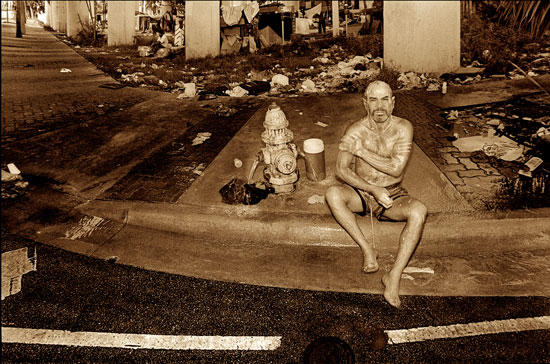 Bather. Downtown Miami, Florida, 1993. © Mary Lou UttermohlenMary Lou Uttermohlen
Bather. Downtown Miami, Florida, 1993. © Mary Lou UttermohlenMary Lou Uttermohlen showed me her prints at the portfolio reviews held by
PhotoNOLA last year in her home town of New Orleans. She told me about the inception of her work with the homeless when in 1993 Miami began to address its growing problem, and how she continues to photograph homeless communities. Over in the UK recently, shops and blocks of flats began installing "anti-homeless spikes." Instead of attempting to address the root causes of homelessness, we continue to just keep moving people on, sweeping them under a concrete carpet.
"I began to document the shantytowns in Florida in the 1990's when most villages were made of plywood and I was shooting on B&W film. The camps were self-segregated along common interests that included children, transvestites, prostitutes, drug addicts, alcoholics, illegal immigrants and mental health issues.
Over time my equipment has evolved and my style has shifted. In recent years the work is done in color with a digital camera and battery operated studio lights. The camps have also evolved and now include tent cities.
With funding I will be able to visit more unique shantytowns around the country including Portland, Oregon, where they have organized tent cities, and Pensacola, Florida, where the mayor tried to pass a law to ban people covering themselves with a blanket in public. I would like to visit as many different states and circumstances as my budget will allow so I can illustrate the spectrum of this national problem.
This twenty-one year long documentary is a voyage of watching homeless people organize themselves as local authorities work to make them disband. The images are not about homelessness in general, but specifically about homeless people setting up structured living solutions to solve the problems they face as a community. In spite of all the programs and services offered, the homeless population continues to grow and the epidemic expands. The mission of this work is to make the invisible population visible so their issues can be addressed."
 Ian: 200+ lifestyle variables
Ian: 200+ lifestyle variablesLondon-based photographer
Travis Hodges does it again, creating a series of images based around a digital trend. This time he looks at self tracking. Text and images by Travis.
"'
The Quantified Self' is the process of self knowledge through self tracking. Once the preserve of researchers and technology junkies, self tracking is rapidly evolving into a mainstream trend as people are able to use smartphones and wearable sensors to record an expanding range of data and make use of its analysis. Many of the commonly tracked metrics relate to health and self improvement, but almost anything can be tracked; sleep, exercise, mood, weight, the list is almost endless as are the individual motivations for tracking. This project looks at the stories of the people who self track, the data they collect and their motivations for doing so."
Following are excerpts from their stories - to read more head over to Travis's
website. If you are in London, you can see the work at
Photofusion, now through middle of August, with an artists' talk on August 7th.
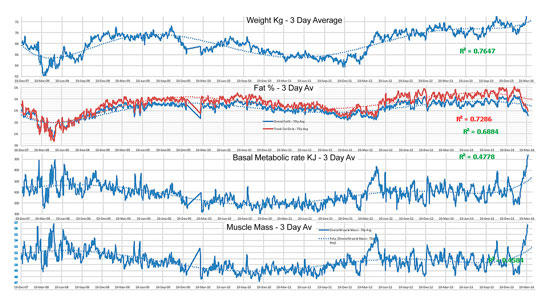 Ian began tracking his health in 1974, recording exercise and weight. He was diagnosed with terminal cancer in 2007 and given weeks to live. Ian now records over 200 areas of his daily life including liquid and food intake, alternative therapies, supplements, prescription drugs and biochemical measures. His spreadsheet now measures over 400 columns and 2,400 daily records.
Ian began tracking his health in 1974, recording exercise and weight. He was diagnosed with terminal cancer in 2007 and given weeks to live. Ian now records over 200 areas of his daily life including liquid and food intake, alternative therapies, supplements, prescription drugs and biochemical measures. His spreadsheet now measures over 400 columns and 2,400 daily records.Michael: Happiness


Michael
designed and built an app called Happiness as a technological
alternative to chemical anti-depressants. "By staying generally
conscious of my mental state I'm able to spot patterns and make changes
before anything gets too overwhelming. Tracking my happiness has also
helped validate various life decisions that I might otherwise doubt...
It's been a while since the app has shown me a big red warning
necessitating a painful life decision."
Adriana: Emotion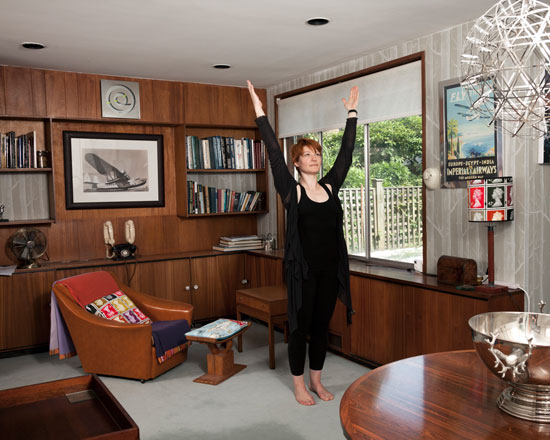
 Adriana
uses 'Emotion Sense,' an app developed at Cambridge University, to
monitor her mood and overall happiness. She inputs her mood on a grid;
the app can use the phone's data to measure environmental and social
influences such as how much you are using your phone and how active you
are, through location tracking. Adriana always thought of herself as
negative, but "it seems I am actually a lot happier and positive."
Adriana
uses 'Emotion Sense,' an app developed at Cambridge University, to
monitor her mood and overall happiness. She inputs her mood on a grid;
the app can use the phone's data to measure environmental and social
influences such as how much you are using your phone and how active you
are, through location tracking. Adriana always thought of herself as
negative, but "it seems I am actually a lot happier and positive."
Owen: Mental performance
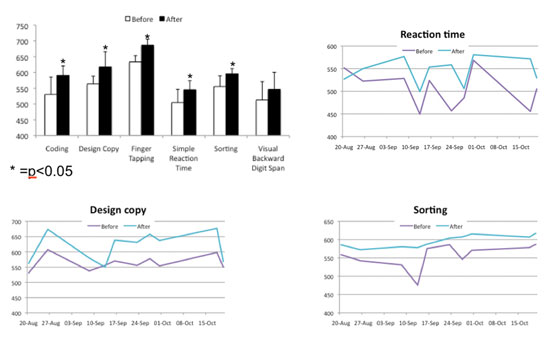
Owen, a qualified pharmacist, tracks aspects of his mental performance
and the effect of coffee on his short term memory, reaction time, and
processing capabilities. "When I first started, using a program called
Quantified Mind, I checked my mental performance when I had coffee
against when I didn't have it. The results showed significant
improvements in the way my mind functions, and so I've been having it
ever since."
Suran: Body shape

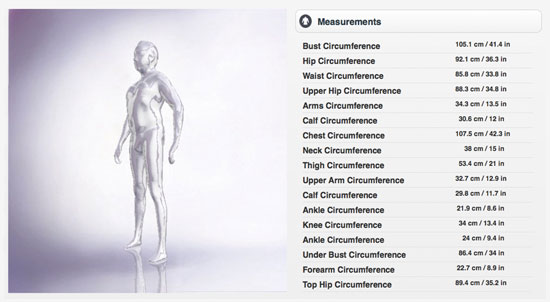
Suran steps into a 3D body scanner once a month to map his body shape
and record measurements that would be unreliable if done by hand. "I got
interested in monitoring my body-shape after my uncle died of a heart
attack. One of the best predictors of heart disease is the size of your
belly, but getting consistent and accurate measurements by tape measure
is hard."
Barbara: Happiness and well being
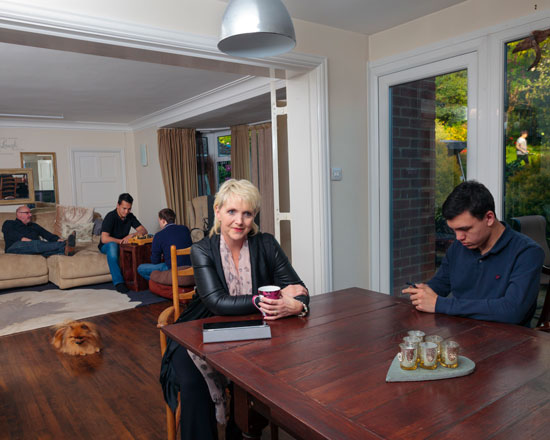
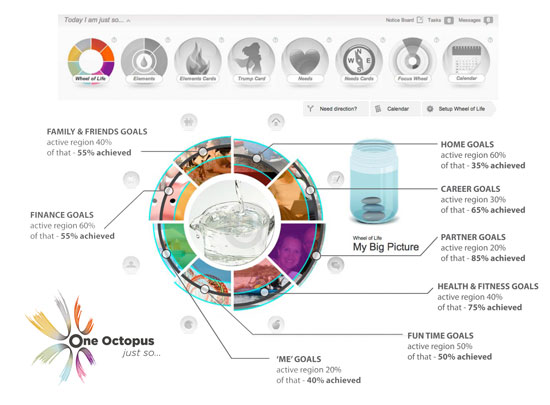
Barbara and her family use a self-designed app to track and influence
their happiness. By creating and sharing tasks based on 'eight areas of
life' members of the family can see what each other needs to feel happy
and therefore support each other in achieving their goals. One month
Barbara set 80 tasks, achieving 76 which completed 9 of the 10 self
defined stepping stones for her big picture of happiness and harmony.
All images ©
Travis Hodges. More from this series over at his website.
Think Barbara ever watches the world news?
This week marks the 100th anniversary of the start of World War I. The inimitable
Steve Pyke completed his series of WWI veterans' portraits in 1993, by which time of course many of their fellow vets had died. He photographed British, French, German and American veterans, usually in their homes in their respective countries.
"The war had always gripped me. As a child I met and spoke openly to the old timers who had fought, including my grandfather Arthur Pyke who served as a cabin boy at the naval battle of Jutland in 1916. I realised that by chance of birth had I been born in the late 19th century, then undoubtedly I would have served.
There was one veteran in Leicester where I grew up that I got to know well. Bert Mundy had served in Flanders, he lost an eye and was mustard gassed there. We used to play chess together and he would be continually dabbing his weeping eyes whilst lecturing me on various chess moves.
The series now rests in the permanent collection of
The Imperial War Museum in London. It's fitting to view these portraits again 20+ years after I made them, and on the 100th anniversary of the Great War."
Steve Pyke, MBE.
Emile Richard, Verdun, France
Humbert Monaco, Long Island, USA
Fritz Strubling, Rostock, Germany
Len Griffiths, London, UK
Joseph F. Billicki, Long Island, USA
Bruno Lange, Berlin, Germany
At school in England, we learned about the Great War by reading the poetry written by young men in the trenches.
"Attack" by Siegfried Sassoon.
At dawn the ridge emerges massed and dun
In the wild purple of the glow'ring sun,
Smouldering through spouts of drifting smoke that shroud
The menacing scarred slope; and, one by one,
Tanks creep and topple forward to the wire.
The barrage roars and lifts. Then, clumsily bowed
With bombs and guns and shovels and battle-gear,
Men jostle and climb to meet the bristling fire.
Lines of grey, muttering faces, masked with fear,
They leave their trenches, going over the top,
While time ticks blank and busy on their wrists,
And hope, with furtive eyes and grappling fists,
Flounders in mud. O Jesus, make it stop!
Lewis Khan made this engrossing video about George, a lively Londoner. Take a few minutes and experience someone else's tough life.
"A friend, a neighbour, a familiar face in the street. Georgetown is a view into the life of south London resident, George.
"During a period of my adolescence that saw playing football in the street as a daily ritual, George and myself often shared the same space. Frequently we would meet with a simple nod, more frequently a hello, and on occasion George would join in for a kick about.
"Georgetown is informed by six years of these impromptu and informal meetings in the street, usually the same one."
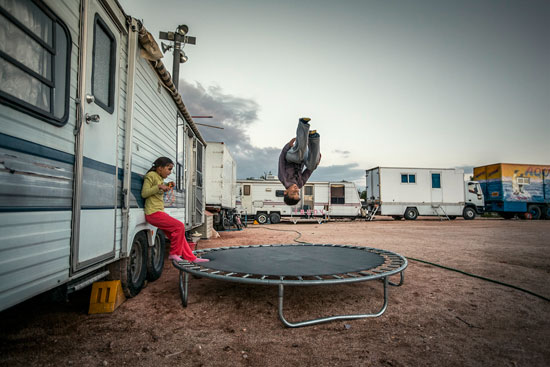 © Francisco Salgueiro
© Francisco Salgueiro Francisco Salgueiro is a photographer and author based in Europe. This is an ongoing series of images made backstage at regional circuses all around Portugal. So far he's clocked 6 months and 8 circuses and a bunch of cool shots. Do check out his
website for some other interesting, behind-the-scenes work.
All images © Francisco Salgueiro
Here's a complete package masquerading as a thesis project, from
SVA Digital Photo grad
Evelina Reinhart. Evelina suffers from acid-reflux disease and found most of the recipes already out there were not to her taste. So, she made up her own, had the dishes cooked up, and photographed them all using only natural light. Smart! The book,
The Joy of Eating, is available for purchase so why not buy one for someone you know who has the same issues.
Shrimp dumplings
Eggplant rollatini
Four toppings pizza
Corn cake
Green tea ice cream. All images © Evelina Reinhart









